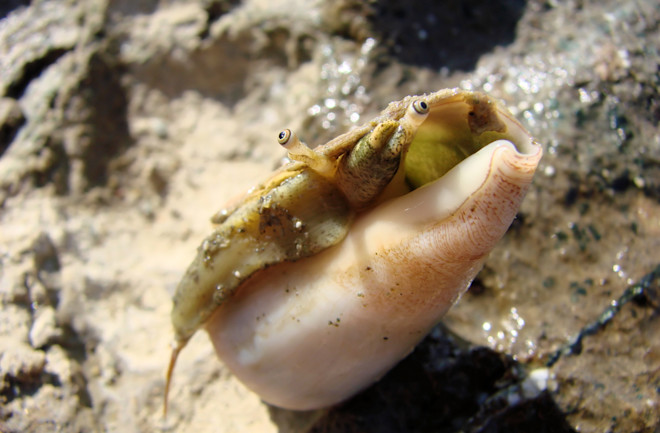A few miles off the coast of Sogod, a town on the east coast of the Philippine island Cebu, a small, colorful fish nestles into a crevice for the night. Half-buried in sand and pebbles, a venomous cone snail, Conus rolani, extends its proboscis and stings the fish on its belly.
The venom of C. rolani is a prime example of evolution at work. One sting from the snail is enough to incapacitate a small fish. And, because the fish is already unresponsive when consumed, C. rolani does not have to risk an injurious struggle with its prey. Over millions of years, the snail has developed a potent biological weapon. But to humans, it could be lifesaving.
In 2004, the U.S. Food and Drug Administration approved a synthetic version of cone snail toxin, named Ziconotide to treat severe pain. For patients who do not feel the effects of morphine, a single dose of Ziconotide injected directly into their spinal cord can provide relief. A decade later, a group of researchers identified an insulin in cone snail venom that provided insight to diabetes medicine developments.

